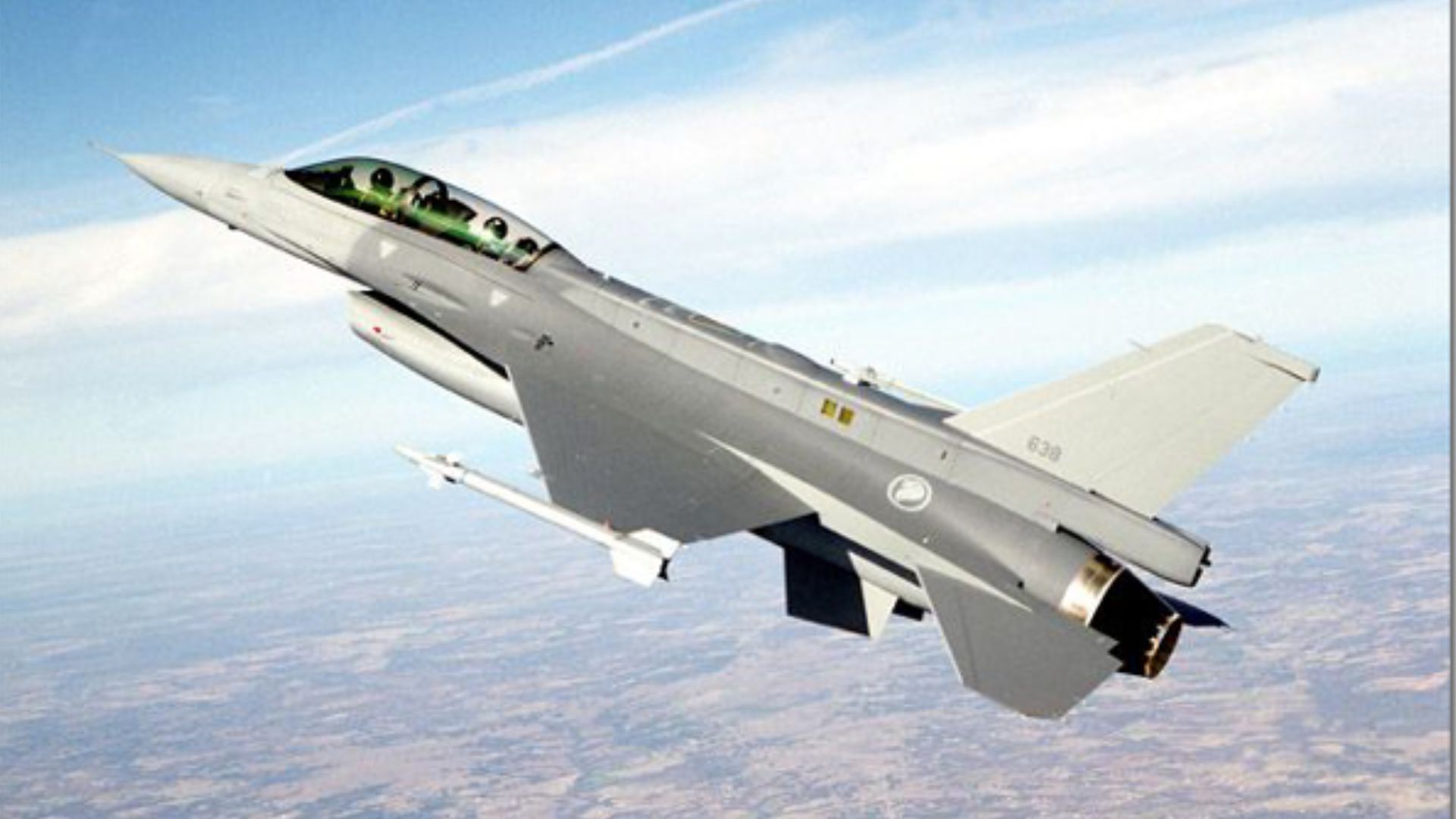Lockheed Martin has recently taken another significant step in advancing global defense capabilities with its latest $8.7-million contract to upgrade the Republic of Singapore Air Force’s (RSAF) F-16 fighter jets.
Announced last Friday, January 17, this deal includes the delivery of additional spare parts and enhancements to keep the fleet combat-ready for the demands of modern warfare.
Part of a larger modernization program that has now reached $1.1 billion, the upgrades underscore Singapore’s commitment to maintaining a cutting-edge air force in an increasingly complex regional security environment.
Work on the contract will be conducted in Fort Worth, Texas, with a completion timeline set for September 2027.
These upgrades are vital for ensuring the RSAF’s operational readiness and further solidifying Singapore’s status as a key player in regional and global defense strategies.
The F-16: A Proven Workhorse in Modern Air Power
The F-16 Fighting Falcon, originally developed by General Dynamics (now part of Lockheed Martin), has been a staple of modern Air Forces since its introduction in the late 1970s.
Known for its versatility, reliability, and affordability, the F-16 has been adopted by over 25 countries, making it one of the most widely used fighter jets in the world.
It is capable of performing a variety of missions, including air superiority, close air support, reconnaissance, and defensive patrols.
Lockheed Martin has recently taken another significant step in advancing global defense capabilities with its latest $8.7-million contract to upgrade the Republic of Singapore Air Force’s (RSAF) F-16 fighter jets.
Announced last Friday, January 17, this deal includes the delivery of additional spare parts and enhancements to keep the fleet combat-ready for the demands of modern warfare.
Part of a larger modernization program that has now reached $1.1 billion, the upgrades underscore Singapore’s commitment to maintaining a cutting-edge air force in an increasingly complex regional security environment.
Work on the contract will be conducted in Fort Worth, Texas, with a completion timeline set for September 2027.
These upgrades are vital for ensuring the RSAF’s operational readiness and further solidifying Singapore’s status as a key player in regional and global defense strategies.
The F-16: A Proven Workhorse in Modern Air Power
The F-16 Fighting Falcon, originally developed by General Dynamics (now part of Lockheed Martin), has been a staple of modern Air Forces since its introduction in the late 1970s.
Known for its versatility, reliability, and affordability, the F-16 has been adopted by over 25 countries, making it one of the most widely used fighter jets in the world.
It is capable of performing a variety of missions, including air superiority, close air support, reconnaissance, and defensive patrols.
The RSAF’s fleet of 62 F-16s comprises the advanced C/D Block 52 configuration.
This version features upgrades such as improved radar systems, advanced avionics, and compatibility with cutting-edge weaponry, ensuring that the aircraft remains a formidable presence in modern aerial combat.
Singapore’s History with the F-16
Singapore’s journey with the F-16 began in the late 1980s when the country first acquired these jets to replace its aging fleet of British-made Hawker Hunter aircraft.
Over the years, the RSAF has continually invested in upgrades and additional purchases to maintain the fleet’s edge.
One of the most notable milestones was the Peace Carvin III program in 2000, which saw Singapore acquiring an additional 20 F-16s.
These aircraft featured modifications such as an advanced electronic countermeasures suite, ensuring their survivability in high-threat environments.
The RSAF’s F-16s are equipped with AIM-120 Advanced Medium-Range Air-to-Air Missiles (AMRAAM) and Python 4 missiles from Israel, further enhancing their capabilities in air-to-air combat.
Technical Specifications and Upgrades
The F-16’s technical specifications highlight why it remains a critical asset for air forces worldwide.
Powered by a single Pratt & Whitney F100 engine, the aircraft can reach speeds of Mach 2 and has a combat radius of approximately 340 miles for air-to-ground missions.
It is equipped with state-of-the-art radar systems, a multi-role targeting system, and a fly-by-wire control system, making it highly maneuverable and effective in various combat scenarios.
The ongoing modernization efforts for the RSAF’s fleet include upgrades to avionics, radars, and weapon systems.
These enhancements aim to ensure the F-16’s relevance in the face of emerging threats, particularly in the Indo-Pacific region, where regional tensions and evolving technologies demand advanced capabilities.

For Singapore, maintaining a robust F-16 fleet is more than just about defense—it’s about ensuring strategic deterrence and readiness in a volatile region.
With geopolitical tensions rising in the South China Sea and surrounding areas, the RSAF’s upgraded F-16s serve as a critical component of the nation’s defense strategy.
Lockheed Martin’s involvement in these upgrades reflects the company’s continued commitment to supporting US allies. By equipping Singapore’s air force with advanced capabilities, the partnership enhances interoperability and strengthens defense ties between the two nations.
Looking Ahead
As Lockheed Martin begins work on the $8.7-million contract, the RSAF’s F-16 fleet is set to remain at the forefront of regional air power.
The upgrades will not only extend the operational life of the aircraft but also ensure that Singapore remains a key player in maintaining stability and security in the Indo-Pacific.
With a history of innovation and adaptability, the F-16 continues to demonstrate why it is one of the most successful fighter jets in history.
For Singapore and its allies, this latest modernization effort is a testament to the enduring value of the F-16 in meeting the challenges of modern warfare.



